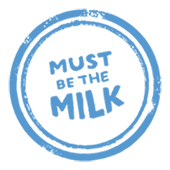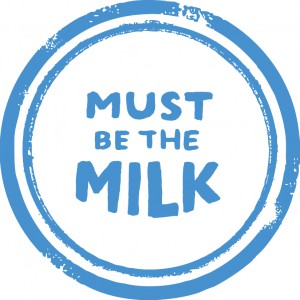June is Dairy Month, so we thought there’s no better time to take a look back at the history of milk.
When did we humans start drinking cow’s milk, anyway? Which breed of cow is the best milker? When was the first milk delivery?
Join us on this magical mystery tour of our favorite beverage – milk!
And don’t forget to thank your New England Farmers for all their hard work too!
Milk Minutiae
Throughout the world, there are more than six billion consumers of milk and milk products.
Over 750 million people worldwide live on dairy farms!
Milk has been a staple in the diet of Old World temperate zone people since the agricultural revolution, around 8000 BC.
Milk is mentioned more than 20 times in the Hebrew Scriptures (“…. a land flowing with milk and honey”) as a metaphor for abundance and wholesomeness.
In ancient Egypt, milk and other dairy products were reserved for royalty, priests and the very wealthy.
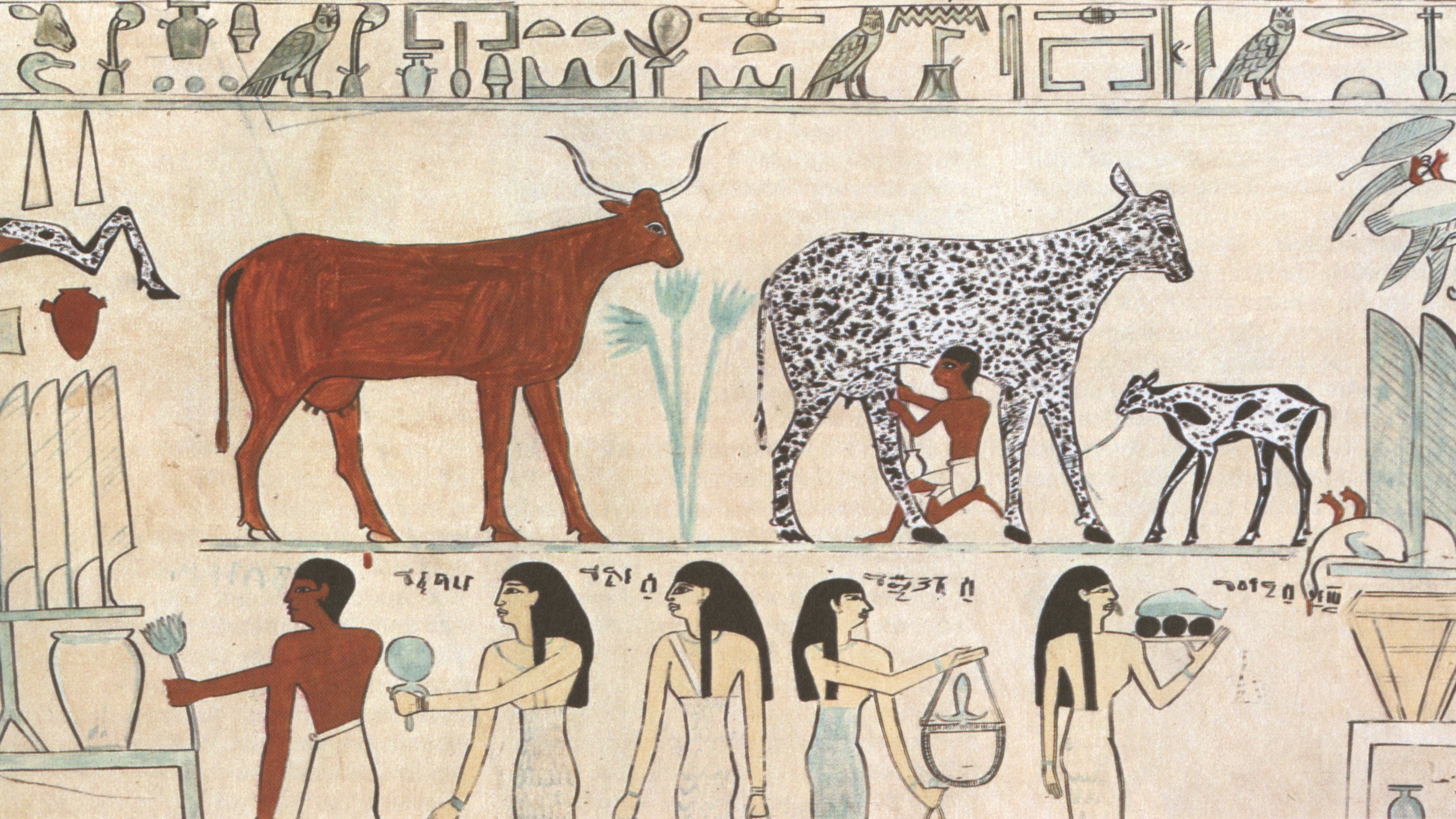
About 90% of the dairy cows in the United States and 85% in Great Britain are Holsteins. Other dairy cows in the United States include Ayrshire, Brown Swiss, Guernsey, Jersey and Milking Shorthorn (Dairy Shorthorn).
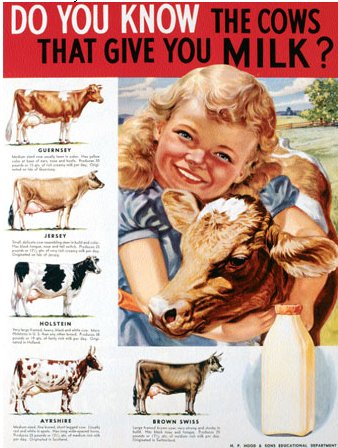
Cow’s milk is simple and complex at the same time. If you analyzed cow’s milk in a laboratory, you’d find it’s 87.4% water, 4.8% lactose, 3.7% fat, 3.4% protein, and 0.7% minerals. Milk also contains vitamins and other nutrients in various amounts, making it the most complete of foods, which is why young mammalians (we’re mammals, if you’ve forgotten!) survive and thrive on milk. We get 9 essential nutrients from one 8oz glass of milk after all!
Where in the world, you ask?
India is the world’s largest producer and consumer of milk, yet neither exports nor imports it. New Zealand, the European Union’s 28 member states, Australia, and the United States are the world’s largest exporters of milk and milk products. China and Russia are the world’s largest importers.
The importance of milk in human culture is attested to by the numerous expressions embedded in our language. For example, we’ve all heard the saying, “the milk of human kindness.”
Did you know, you can add richness, tenderness and moisture to bread dough and other baked goods by replacing the water with fresh milk?
Chill your glass in the refrigerator or freezer for about 15 minutes before pouring in milk for an extra-frosty drink. Milk is best served cold!
Famous Milk Moments
Cow milk was first used as human food in the Middle East. Goats and sheep were domesticated in the Middle East between 9000 and 8000 BC.
Fermented products such as cheeses were discovered by accident, but their history has also been documented for many centuries, as has the production of concentrated milks, butter, and even ice cream.
Marco Polo arrived in Mongolia in 1275 and stayed in Kublai Khan’s court for 17 years. During this time, he made written records of how the Mongols used powdered milk.
Dairy cows were first brought to United States in the 1600s by the earliest colonists.
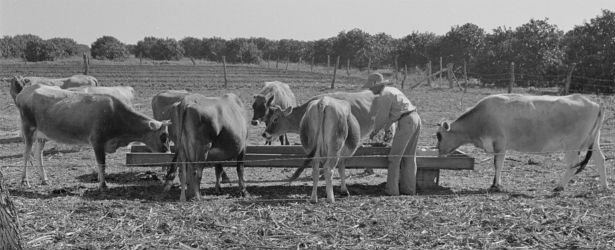
By 1790, population centers such as Boston, New York, and Philadelphia had large scale dairy operations. To meet the increase demand, farmers began importing breeds of cattle better suited for milk production.
In 1856, Gail Borden patented a method for making condensed milk by heating it in a partial vacuum.
In 1863, Louis Pasteur developed a method of heating to kill the microorganisms that cause wine to turn into vinegar. Later this method was adapted to milk processing and known as pasteurization.
One of the first glass milk bottles was patented in 1884 by Dr. Henry Thatcher, after seeing a milkman making deliveries from an open bucket into which a child’s filthy rag doll had accidentally fallen. By 1889, Thatcher’s Common Sense Milk Jar had become an industry standard. It was sealed with a waxed paper disc that was pressed into a groove inside the bottle’s neck.
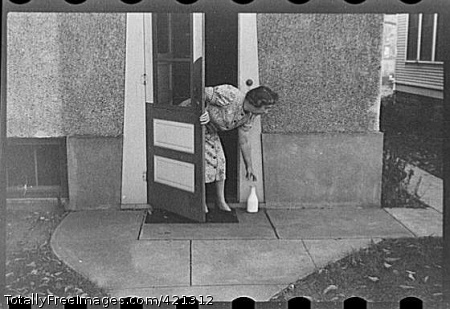
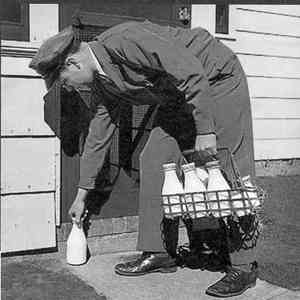
In the 1930s, milk cans were replaced with large on-farm storage tanks, and plastic coated paper milk cartons were invented, which allowed for wider distribution of fresh milk. Victor Farris was the inventor of the paper milk carton.
In 1964, the all-plastic milk container was commercially introduced.
The US Food and Drug Administration (FDA) publishes the Grade A Milk Ordinance which sets sanitation standards for milk production in most states and for all interstate milk shippers.
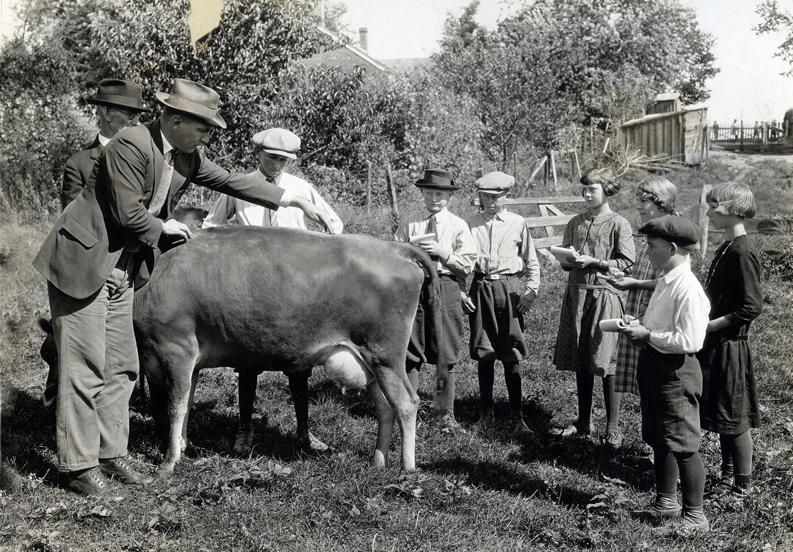
Now that is a whole lot milk….facts! Still seeking more, check out our June Dairy Month webpage and get nutritional resources and activities, diary trivia and jokes and even social media posts to help you share all of your new found knowledge – you have to milk it for all it’s worth, right?
SOURCES
http://www.world-foodhistory.com/2008/06/history-of-milk.html
http://www.world-foodhistory.com/search/label/milk
http://en.wikipedia.org/wiki/Milk
http://www.dairygoodness.ca/milk/the-history-of-milk
http://www.dairygoodness.ca/milk/milk-tips-tricks
http://www.madehow.com/Volume-4/Milk.html
http://inventors.about.com/od/mstartinventions/a/milk.htm
